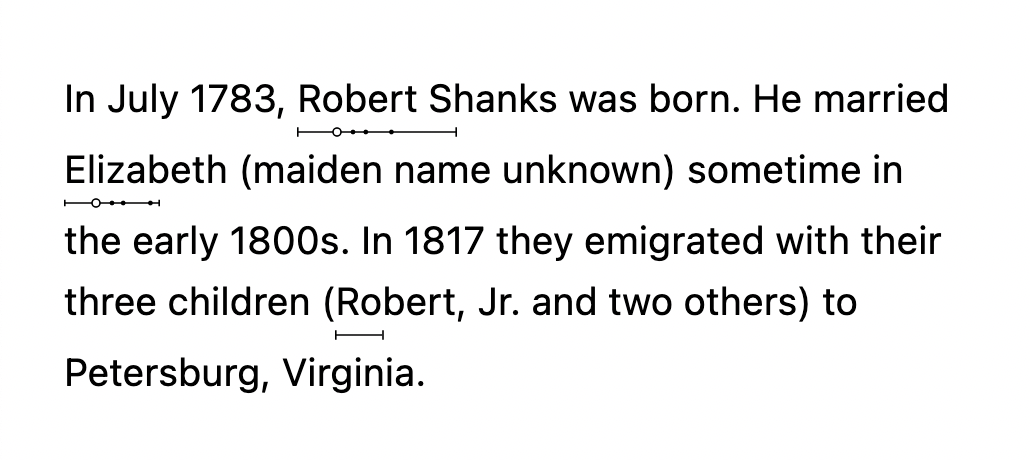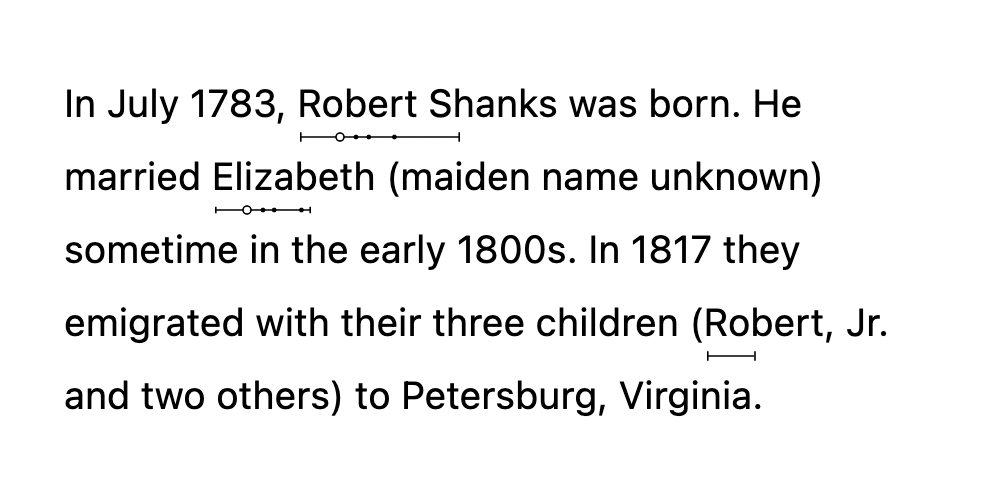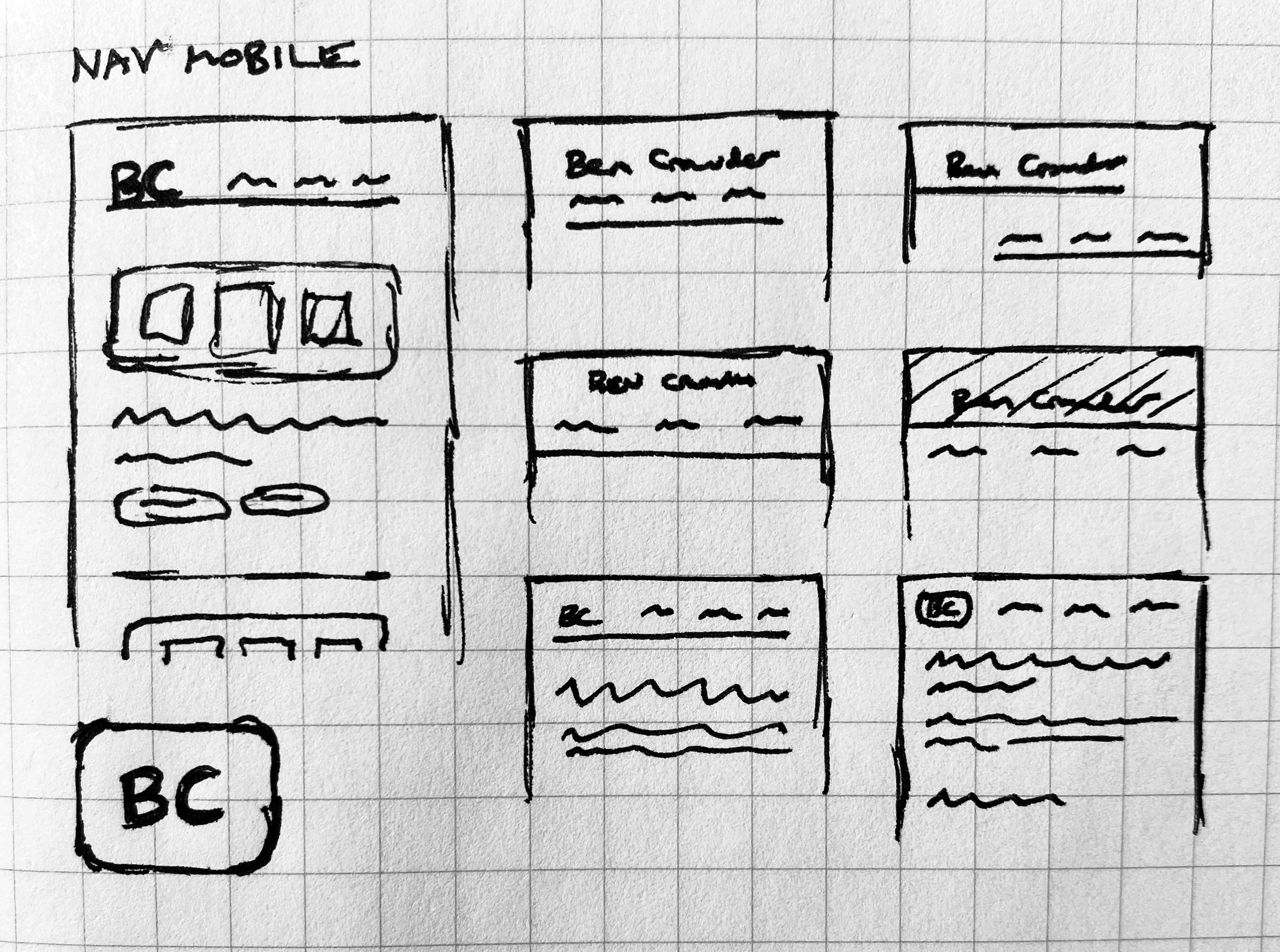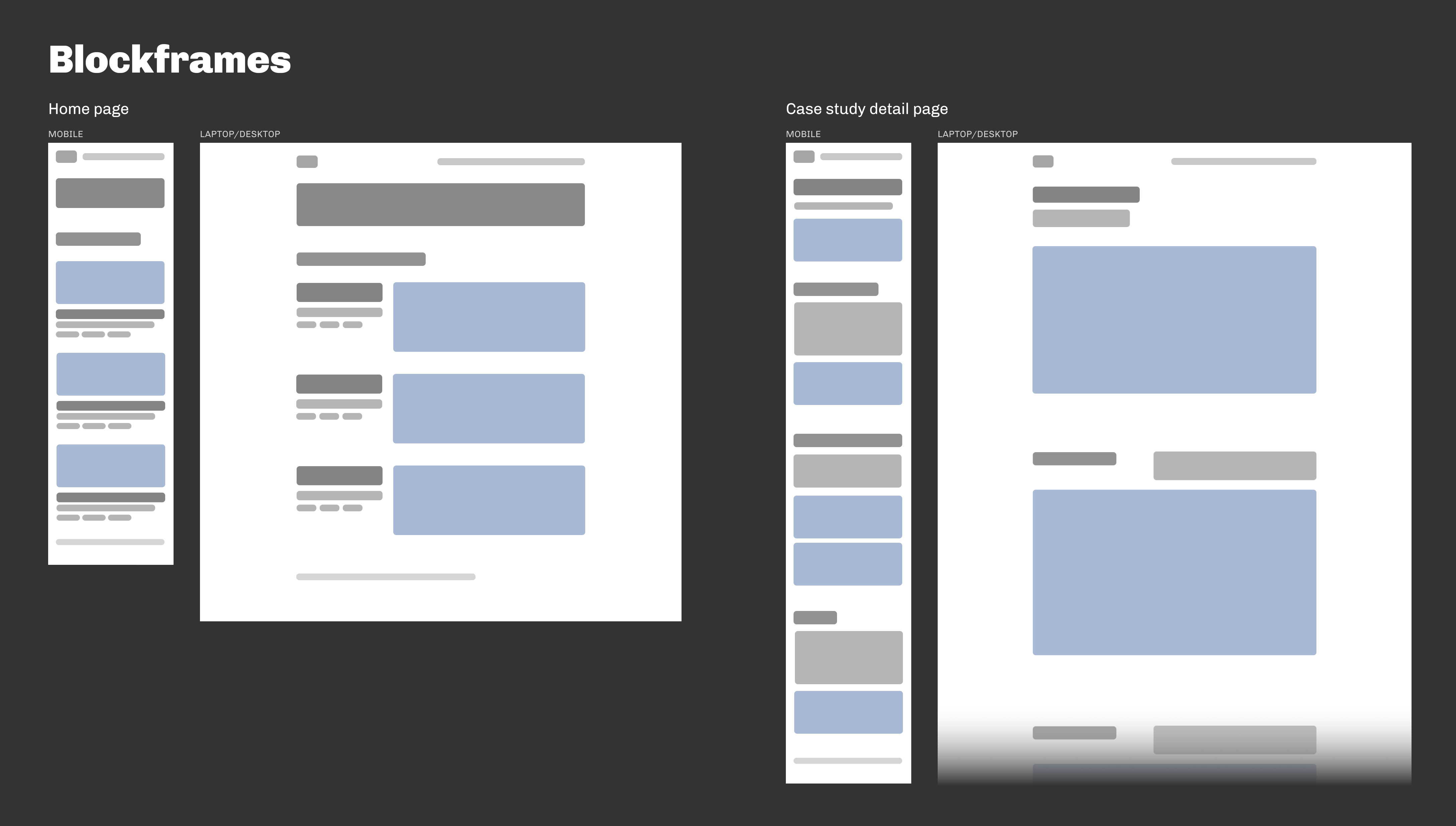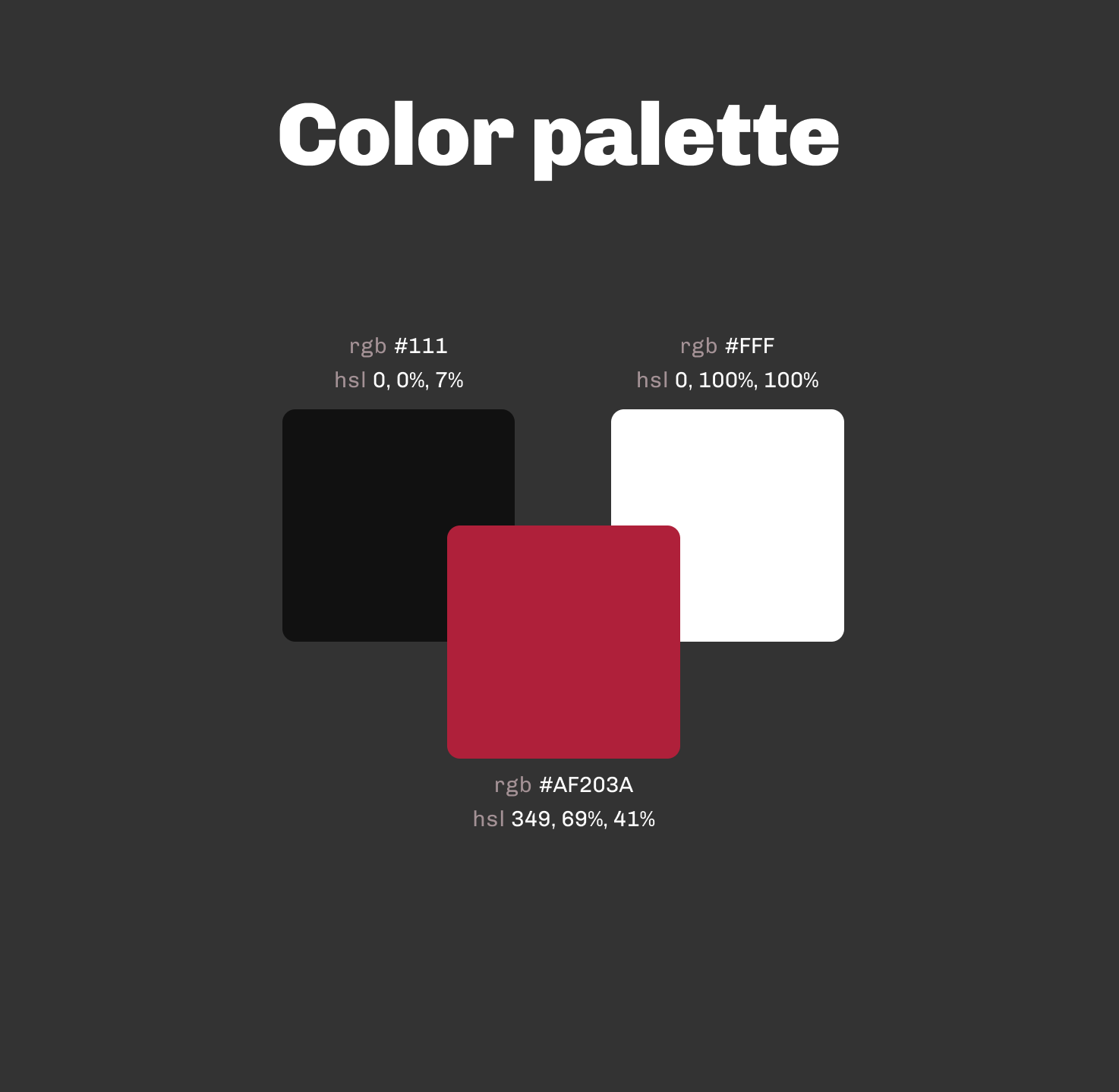Update on Press (the PDF compiler). I haven’t worked on it at all lately, but I wanted to document its current state for history’s sake, and as part of working in public. (I’ve also been sitting on this post for over a year.)
Back in 2017 I did end up re-architecting Press to use Low Ink as an intermediate page description language. In the process, Low Ink changed from a JSON-based idea to this:
:page 11x8.5in
:bleedbox x=0.125in y=0.125in w=5.75in h=8.75in
:fontmap family=helv weight=regular style=normal standard=Helvetica
:yinvert
:push
:translate x=72 y=72
# ascender
:push
:translate x=0 y=1040
:strokecolor hex=#999
:linewidth 0.25pt
:line x1=0 y1=0 x2=1080 y2=0
:stroke
:push
:fillcolor hex=#999
:font family=helv size=14pt
:text x=1085 y=-3 text="ascender"
:pop
:pop
# filled glyph
:push
:translate x=1320 y=240
:fillcolor hex=#000
:moveto x=0 y=0
:pathto x=400 y=300 cx1=120 cy1=300 cx2=140 cy2=300
:pathto x=320 y=200 cx1=540 cy1=300 cx2=320 cy2=180
:lineto x=350 y=350
:lineto x=450 y=250
:lineto x=150 y=0
:moveto x=200 y=200
:lineto x=200 y=250
:lineto x=250 y=250
:lineto x=250 y=200
:lineto x=200 y=200
:fill
:pop
It was intended to be a fairly low-level wrapper on the PDF format, with the idea being that other libraries/apps would provide more ergonomic abstractions on top of it.
I initially used Python because Press started out as a library, but with the pivot to a compiler model, I think Go or Rust would probably end up being a better choice (Rust would make integrating HarfBuzz a bit easier, at any rate).
Potential improvements
To my 2021 eyes, the language design isn’t particularly elegant. I like that the parameters are named (clarity), but for most of the commands there aren’t actually that many parameters, because many of the settings that would normally be parameters are separate commands. For parameters that are clearly unambiguous, the names hamper readability. For example, I think something like this might be better:
:line 0,0 to 1080,0
:fillcolor #345
I’ve also thought that push and pop could potentially be clearer as curly braces, and that the initial colons aren’t really necessary:
{
translate 0,1040
strokecolor #999
linewidth 0.25pt
line 0,0 to 1080,0
stroke
{
fillcolor #999
font 14pt helv
text 1085,-3 "ascender"
}
}
The future
My initial reason for building Press was to have an easy, programmable cross-platform way to create language chart PDFs (so I could move away from PlotDevice/DrawBot), and what I’ve realized (acknowledging that I haven’t really been making language charts in recent years) is that there are some other, better options now.
One that seems decent is SVG, converted to PDF by way of Inkscape. Initial tests here seem like it would probably work fine.
Another promising option that I admittedly haven’t looked into very much yet is Paged.js. HTML and CSS are already great for declarative typesetting, and the more I’ve thought about programmatic typesetting, the more this model seems to be the future I’d want to work with (and not just because of parity with web, though that makes it much more compelling).
tl;dr I don’t see myself continuing on with Press, so we may as well call a mortem on it.
